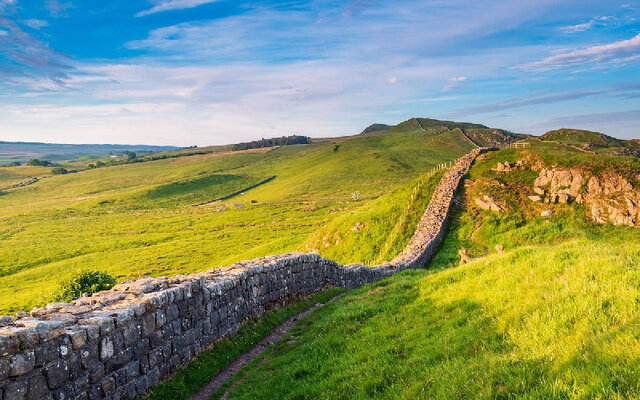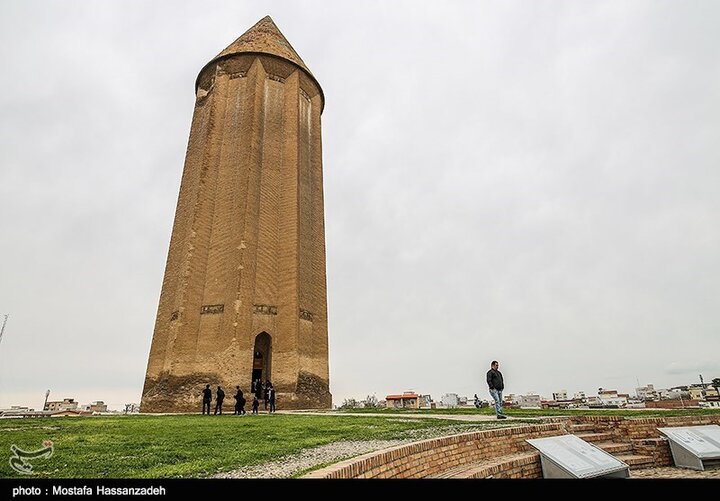Home to over 1000 nationally-registered properties, Golestan eyes UNESCO status for its Great Wall

TEHRAN – The Cultural Heritage, Tourism and Handicrafts Department of Iran’s Golestan province has so far registered more than 1,000 historical, cultural and natural sites on the country’s national heritage list, the provincial director said on Thursday.
Fereydoun Fa’ali told ISNA news agency that 1,039 sites in Golestan have been nationally registered, including 654 archaeological areas, 170 historical buildings, 49 natural sites, 113 intangible cultural items, and 53 movable artifacts.
He said that national registration marks the start of a process for legal protection, restoration and sustainable use of heritage assets. “Once listed, sites are placed under legal protection, and any form of alteration or destruction is considered a criminal act,” Fa’ali said.
The official said 16 additional sites are awaiting national registration. These include the historical fabric of Cheli village, several monuments within the old district of Gorgan (formerly Astarabad), and a number of archaeological sites across the province.
Fa’ali said the lack of a comprehensive map of historical site distribution remains a major challenge. To address this, the department has launched the preparation of an archaeological atlas to document and map the province’s cultural, historical and natural resources.

A view of Gonbad-e Qabus, a 53-meter-high brick tomb tower built in 1006 CE for Ziyarid ruler Qabus Ibn Voshmgir near the ruins of ancient Jorjan. The monument is located in Golestan province, northern Iran.
He noted that Golestan currently has one UNESCO World Heritage site, the Gonbad-e Qabus, a 53-meter-high brick tomb tower built in 1006 CE for Ziyarid ruler Qabus Ibn Voshmgir near the ruins of ancient Jorjan. Sections of the Hyrcanian Forests and the Trans-Iranian Railway, both inscribed on UNESCO’s World Heritage List, also pass through the province.
Fa’ali said one of the department’s new priorities is to seek UNESCO World Heritage recognition for the Great Wall of Gorgan, known locally as the “Red Snake.” The ancient defensive wall, built between the 5th and 6th centuries CE under the Sassanian Empire, extends nearly 200 kilometers and is lined with 38 forts.
“The Great Wall of Gorgan has been placed on the priority list for submission to UNESCO,” Fa’ali said, adding that although Iran’s global nomination process is closed for the next three years, efforts to prepare and support the dossier are continuing with the Ministry of Cultural Heritage.
The wall, built during the Sassanian dynasty’s northern frontier wars with the Hephthalites and later the Turks, is considered the longest fort-lined ancient barrier between Central Europe and China, surpassing Hadrian’s and Antonine walls combined.
AM
